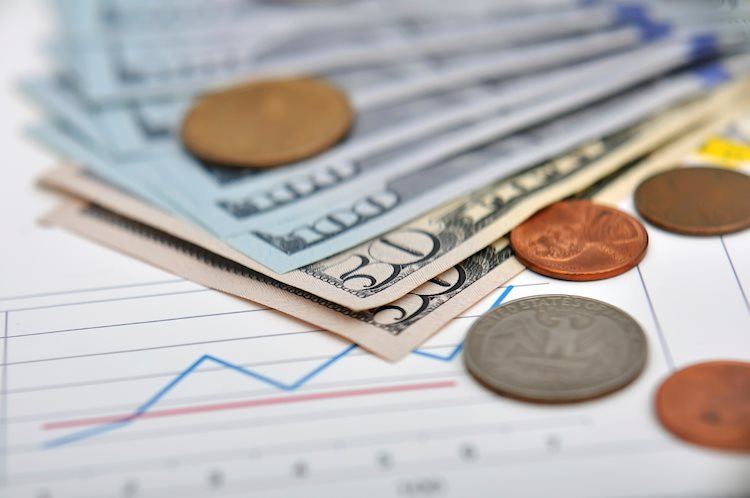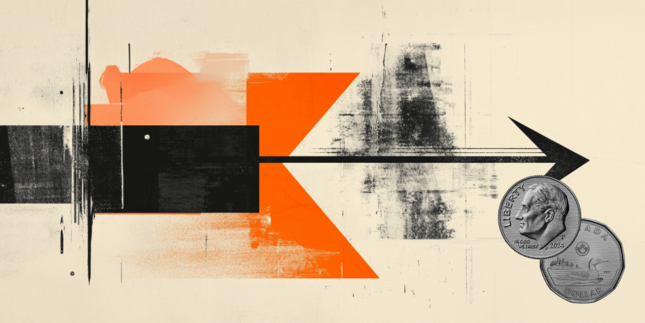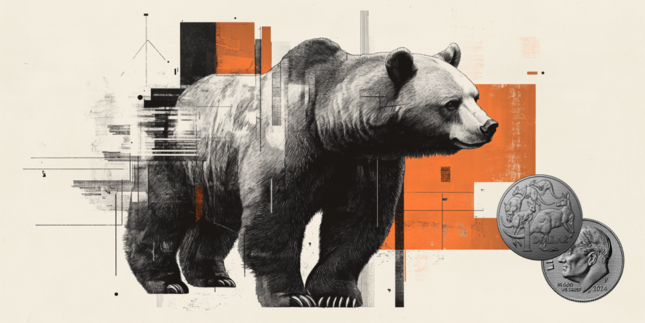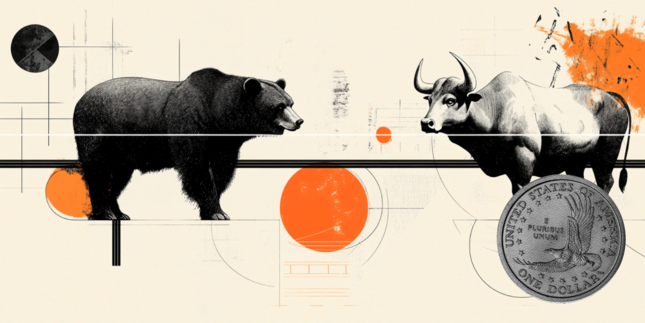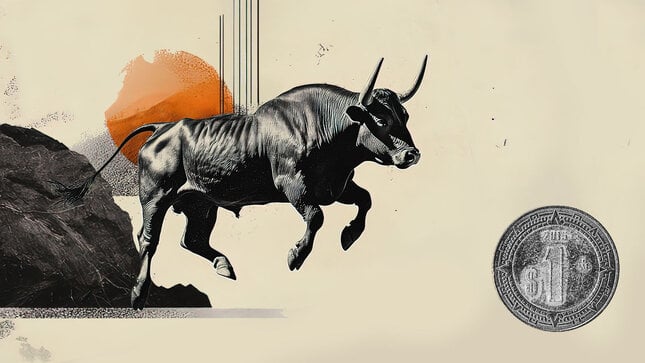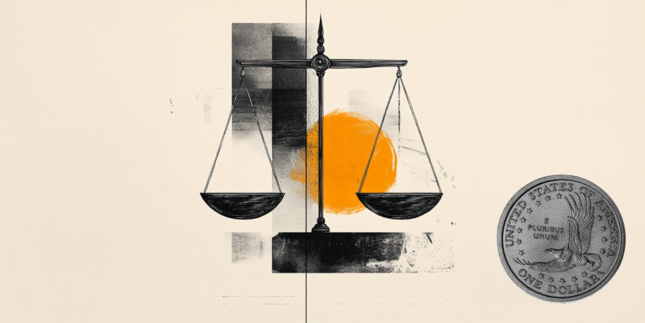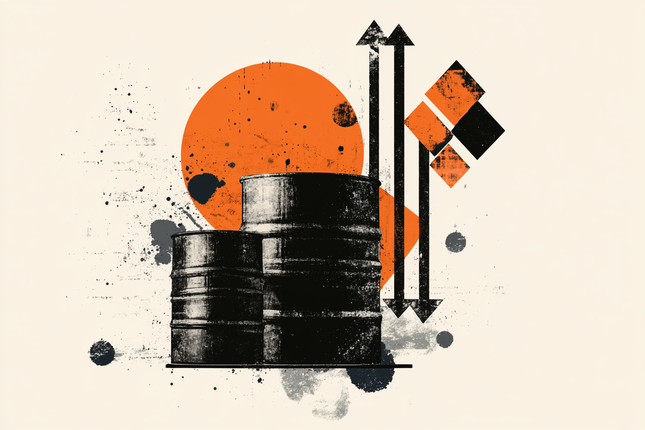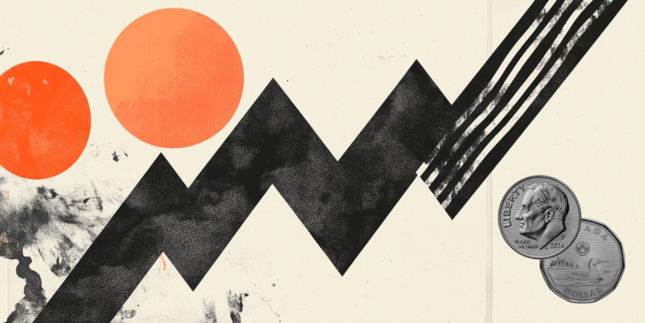US Dollar continues climbing ahead of CPI
- Ongoing strength in the US labor market fuels expectations of a more restrictive Federal Reserve policy path in 2025.
- Investors rotate into the Greenback as elevated Treasury yields attract global capital, driving the US Dollar Index to fresh cycle peaks.
- Markets anticipate the Fed to maintain its 4.25%-4.50% rate range this month, postponing further cuts as inflation concerns persist.
The US Dollar Index (DXY), which measures the value of the USD against a basket of currencies, sees gains for a fifth straight session on Monday against nearly every major G20 peer. Markets are rebalancing for a more restrictive Federal Reserve (Fed) policy in 2025 after the most recent US employment report.
The DXY briefly touched 110.00 and seeks consolidation at these elevated levels as the Greenback retains its bullish footing given the solid Nonfarm Payrolls (NFP) data last Friday and the Fed’s cautious approach to easing viewed in last week’s Meeting Minutes.
Daily digest market movers: US Dollar sees gains on a solid NFP report
- Strong US data and hawkish Fed officials continue pushing the US Dollar to new cycle highs with robust December NFP figures underscoring labor market resilience.
- December Nonfarm Payrolls grew by 256,000, eclipsing the 160,000 consensus, while the Unemployment Rate ticked down to 4.1%. Wage inflation decelerated slightly to 3.9% YoY.
- New York Fed’s Nowcast points to Q4 growth at 2.4% SAAR, up from 1.9% last week, while Q1 estimates rose to 2.7% from 2.2%. The Atlanta Fed GDPNow model tracks Q4 near 2.7%.
- Fed set to hold rates steady this month as policymakers note diminished urgency for additional cuts, citing continued labor market and growth momentum through 2025.
- Consumer Price Index from December is due this week, and its outcome will dictate the market’s price dynamics as well as Fed rate bets.
DXY technical outlook: Index approaches 110.00, flashing overbought signals
The US Dollar Index has surged to its highest level since November 2022, briefly testing the 110.00 threshold. Momentum indicators are nearing overbought territory, suggesting a possible near-term pause or shallow pullback. Still, strong labor figures and a hawkish Fed bias reinforce the US Dollar’s bullish trajectory. Should profit-taking intensify, support may emerge around the 108.50–109.00 zone, providing a buffer for the ongoing uptrend.
Inflation FAQs
Inflation measures the rise in the price of a representative basket of goods and services. Headline inflation is usually expressed as a percentage change on a month-on-month (MoM) and year-on-year (YoY) basis. Core inflation excludes more volatile elements such as food and fuel which can fluctuate because of geopolitical and seasonal factors. Core inflation is the figure economists focus on and is the level targeted by central banks, which are mandated to keep inflation at a manageable level, usually around 2%.
The Consumer Price Index (CPI) measures the change in prices of a basket of goods and services over a period of time. It is usually expressed as a percentage change on a month-on-month (MoM) and year-on-year (YoY) basis. Core CPI is the figure targeted by central banks as it excludes volatile food and fuel inputs. When Core CPI rises above 2% it usually results in higher interest rates and vice versa when it falls below 2%. Since higher interest rates are positive for a currency, higher inflation usually results in a stronger currency. The opposite is true when inflation falls.
Although it may seem counter-intuitive, high inflation in a country pushes up the value of its currency and vice versa for lower inflation. This is because the central bank will normally raise interest rates to combat the higher inflation, which attract more global capital inflows from investors looking for a lucrative place to park their money.
Formerly, Gold was the asset investors turned to in times of high inflation because it preserved its value, and whilst investors will often still buy Gold for its safe-haven properties in times of extreme market turmoil, this is not the case most of the time. This is because when inflation is high, central banks will put up interest rates to combat it. Higher interest rates are negative for Gold because they increase the opportunity-cost of holding Gold vis-a-vis an interest-bearing asset or placing the money in a cash deposit account. On the flipside, lower inflation tends to be positive for Gold as it brings interest rates down, making the bright metal a more viable investment alternative.
Forex News
Keep up with the financial markets, know what's happening and what is affecting the markets with our latest market updates. Analyze market movers, trends and build your trading strategies accordingly.
